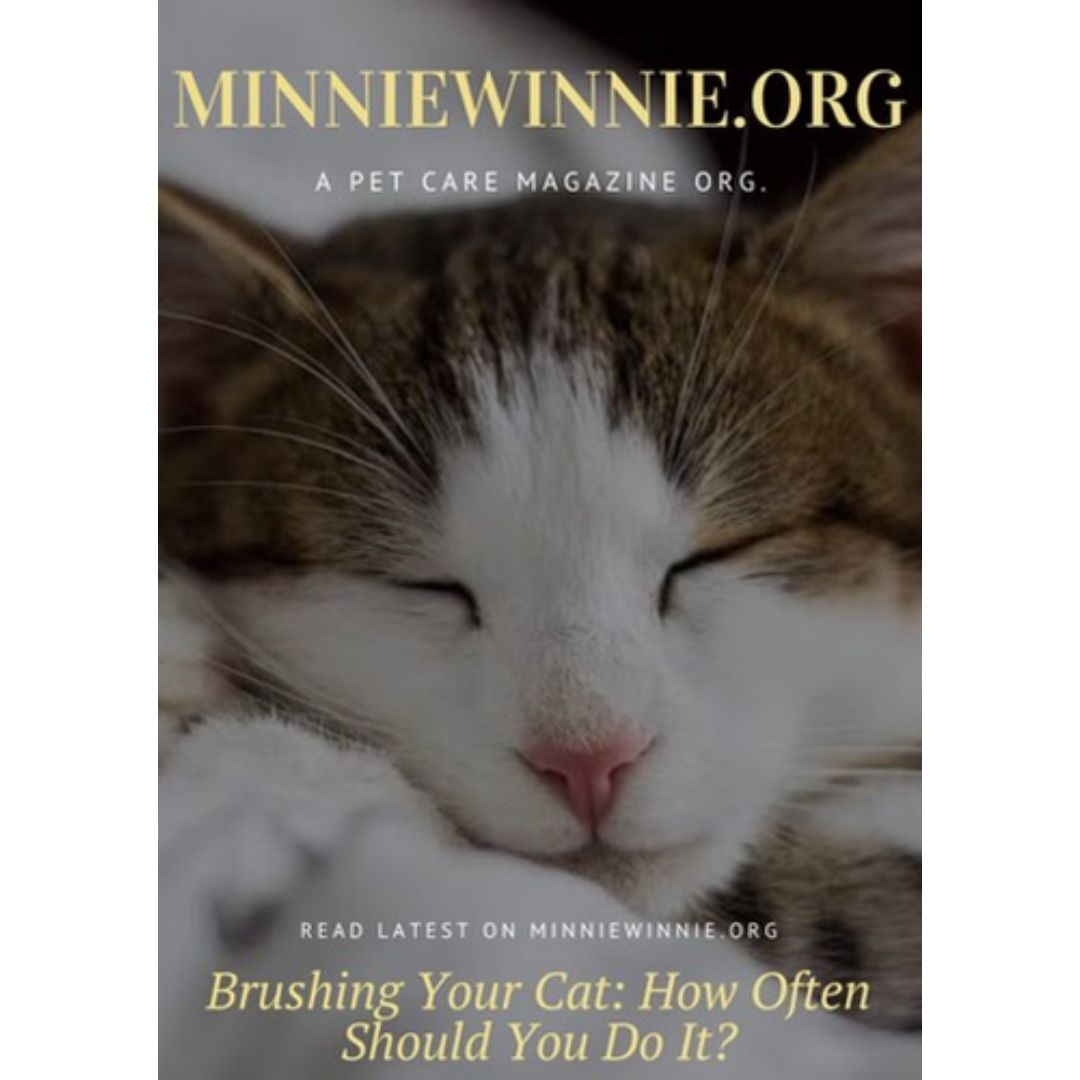Brushing Your Cat: How Often Should You Do It?
Brushing your cat might seem like a simple grooming task, but it plays a crucial role in maintaining your cat’s health and well-being. Regular brushing can reduce shedding, prevent hairballs, and even strengthen the bond between you and your feline friend. However, the frequency of brushing depends on several factors, including your cat’s breed, coat length, and individual needs. Here’s what you need to know to keep your cat’s coat in top condition.
Why Brushing Is Important
Cats are known for their grooming habits, spending a significant portion of their day licking and cleaning their fur. However, while cats are generally good at keeping themselves clean, they still benefit from regular brushing. Here’s why:
- Reduces Shedding: Brushing helps remove loose fur that would otherwise end up on your furniture, clothes, or in your cat’s digestive system, where it could cause hairballs.
- Prevents Mats and Tangles: Long-haired cats, in particular, are prone to mats and tangles, which can be uncomfortable and even painful. Regular brushing helps keep their coats smooth and tangle-free.
- Distributes Natural Oils: Brushing helps distribute the natural oils in your cat’s skin, which keeps their coat shiny and healthy.
- Bonding Time: Brushing your cat can be a calming and enjoyable activity for both you and your pet. It’s an opportunity to bond and spend quality time together.
How Often Should You Brush Your Cat?
The frequency of brushing depends largely on your cat’s coat type and length. Here’s a general guide to help you determine how often you should brush your cat:
- Short-Haired Cats:
- Frequency: Once a week
- Reasoning: Short-haired cats generally have less fur to manage, and their coats are less prone to tangling and matting. A weekly brushing session is usually sufficient to remove loose hair and keep their coat in good condition.
- Medium-Haired Cats:
- Frequency: Two to three times a week
- Reasoning: Medium-haired cats have more fur, which can tangle or mat if not regularly brushed. Brushing a few times a week helps manage their coat and reduces shedding.
- Long-Haired Cats:
- Frequency: Daily brushing
- Reasoning: Long-haired cats, such as Persians or Maine Coons, require daily brushing to prevent tangles, mats, and excessive shedding. Daily brushing also helps reduce the likelihood of hairballs.
- Cats with Special Needs:
- Frequency: As needed, often daily or every other day
- Reasoning: Some cats, such as older cats, cats with health issues, or overweight cats who struggle to groom themselves, may require more frequent brushing. Pay attention to your cat’s individual needs and adjust your brushing routine accordingly.
Tips for Effective Brushing
Brushing your cat doesn’t have to be a chore. With the right tools and techniques, it can be a relaxing and enjoyable experience for both of you. Here are some tips to make the process easier:
- Choose the Right Brush: The type of brush you use depends on your cat’s coat. A slicker brush is great for long-haired cats, while a bristle brush works well for short-haired cats. For cats with sensitive skin, a grooming glove may be a gentler option.
- Start Slowly: If your cat is not used to being brushed, start with short, gentle sessions. Gradually increase the length of the sessions as your cat becomes more comfortable.
- Be Gentle: Always brush in the direction of your cat’s fur, using gentle strokes. Be especially careful around sensitive areas, such as the belly and legs.
- Make It Positive: Reward your cat with treats or praise after each brushing session to create a positive association with the activity.
- Check for Skin Issues: While brushing, take the opportunity to check your cat’s skin for any signs of irritation, parasites, or unusual lumps. Early detection of skin issues can help prevent more serious health problems.
Conclusion: Keeping Your Cat’s Coat Healthy
Regular brushing is an essential part of your cat’s grooming routine. It helps keep their coat healthy, reduces shedding, and prevents mats and tangles. The frequency of brushing depends on your cat’s coat type, but whether your cat is short-haired or long-haired, a regular brushing schedule will ensure they look and feel their best. By making brushing a positive and enjoyable experience, you’ll not only keep your cat’s coat in top condition but also strengthen the bond between you and your feline friend.










